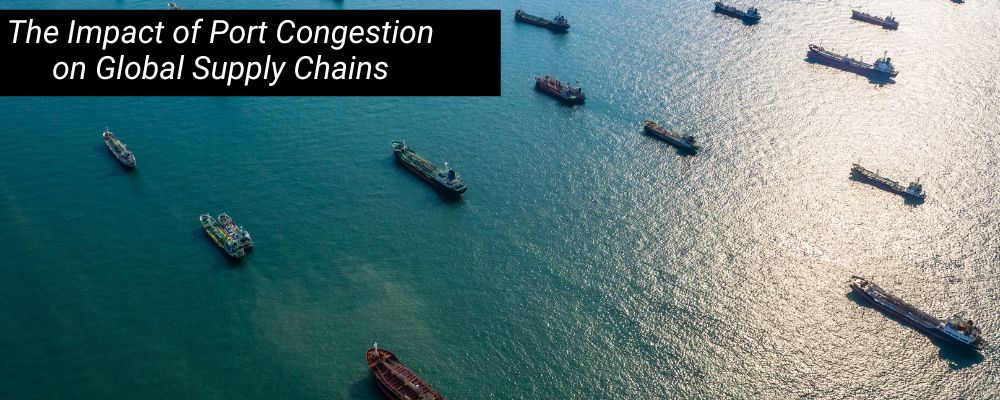
In today’s interconnected world, global supply chains play a crucial role in ensuring the smooth flow of goods and materials. However, port congestion has become an increasingly significant challenge for freight forwarders, importers, exporters, shipping lines, and other stakeholders involved in international trade. This article delves into the causes and consequences of port congestion in 2021 and its profound impact on businesses worldwide.
Understanding Port Congestion:
Port congestion occurs when ships arrive at a port but cannot load or unload due to limited capacity. As a result, vessels are forced to queue up and wait their turn to access available spots at the port. Container terminals around the world have experienced this delay, leading to a staggering increase in container ships over the past five decades.
Causes of Port Congestion:
The main reason behind congested ports is an imbalance between supply and demand. The surge in global demand for transportation has skyrocketed as economies recover from pandemic-related slowdowns. Shipping lines such as Maersk, one of the world’s largest shipping companies, have been expanding their fleet size to meet this growing demand.
Moreover, COVID-19 triggered a major effect on port congestion by disrupting economic activities across countries through lockdowns and restrictions. These measures reduced the number of available port staff and slowed down cargo turnaround times at terminals. Simultaneously, temporary closures of factories worldwide added further strain to already overwhelmed ports.
Consequences for Businesses:
Port congestion significantly impacts businesses throughout the supply chain network:
1) Increased Freight Prices:
The overwhelming demand exceeding supply has driven freight prices to historical figures. Importers/exporters must bear these exorbitant costs while trying to maintain profitability.
2) Anchorage Waiting Time:
Ships often wait at anchorages before entering congested ports due to limited handling capacities within ports themselves.
3) Detention Charges:
In cases where containers cannot be promptly returned to shipping lines due to port congestion or lack of capacity, importers/exporters face detention charges for every day the container remains in their possession beyond the agreed-upon free days.
4) Reduced Trucking Efficiency:
Port congestion limits the number of trips truckers can complete in a day, leading to increased turnaround times and impacting both trucking companies and drivers.
5) Inventory Shortages:
Merchandise delays caused by port congestion can result in inventory shortages for retailers. This may lead to customers resorting to air freight certain essential goods, further straining supply chains.








